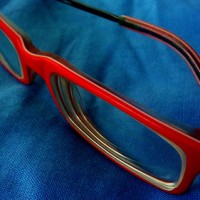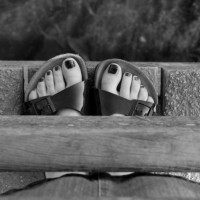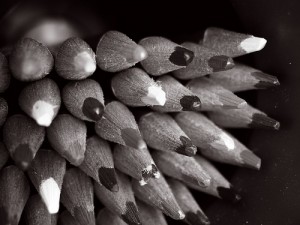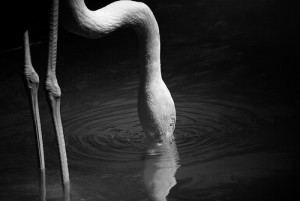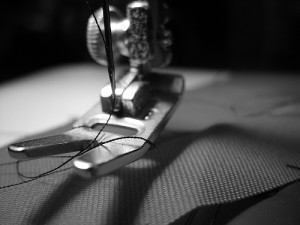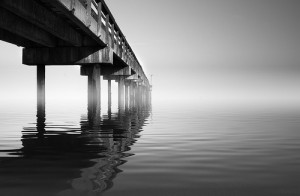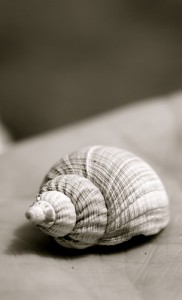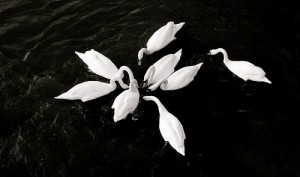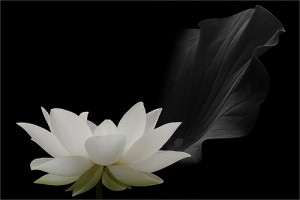
‘What camera would you recommend?’ It happens to Team Photocritic&Small Aperture quite a bit. Mostly we get it from people who are looking to buy their first dSLR or from very generous types who want to buy one as a gift. (Wouldn’t we all like someone like that in our lives?).
And then we do something really irritating; we answer a question… with a question. It’s not that we don’t want to recommend cameras; we both love talking about them and want people to enjoy taking photos as much as we do. Why do you think that we keep writing about that magical mash-up between technology and artistry that is the mysti-tastical world of Photography?
As with so many other questions in life, there isn’t a hard-and-fast answer. So here is a few different answers for you…
Why go dSLR?
Usually, there are two reasons that people have for shelling out on a dSLR. If someone’s buying it for herself, it’s because she is frustrated by the limitations of a point-and-shoot and wants all the glorious control and gorgeous creativity that comes with a dSLR. If a fairy-godmother is bestowing a fabulously generous gift on her fairy-godson, she’s normally recognised some photographic talent that she wants to let him explore. The reasons for buying a dSLR are pretty obvious, then. Our question, therefore, is what does someone want out of the camera.
Maybe it’s better low-light capability. Is it for the speed you get when shooting sports? Perhaps it’s wanting to explore macro more. How about wanting to how a go with video? It might be about giving someone a good start in the dSLR world. Or it could be all of these things rolled into one and wrapped up with a ribbon?
Then we ask how much someone has to spend. That’s a pretty significant consideration. Knowing this, we might make a recommendation.
Now that it is coming up to Christmas, we’re getting more people than normal ask us for our words of wisdom. To this end, we’ve been doing some thinking (don’t ask how much it hurt our brains, it was verging on excruciating, we’ve only just recovered). What we’ve done is to come up with some suggestions for cameras that we think offer the best value for money if you’re launching yourself, or someone you love, into the wonderful world of single lens reflex photography.
The contenders
There are six major manufacturers out there who make dSLRs: Canon, Nikon, Olympus, Panasonic, Pentax, and Sony. None of them is going to sell you a ‘bad’ dSLR.
Let’s get one thing out of the way before we go any further. The camera body you choose is least important. More important are the lenses attached to the camera. Most important? The person taking the pictures. In general, if you’re just starting out, that’s the order you should be spending money in: Buy a cheap camera body, expensive lenses, and spend a small fortune on learning everything you can. Buy books, go on courses, spend time on Flickr, DeviantArt, and PhotoSig – etc.
However, depending on how the camera is going to be used, which brand you choose becomes more significant.
This means that we’ve thought about this from three perspectives: people who want a bit of everything from their camera, and will probably upgrade in the future; people who know that they’ll probably want to upgrade sometime soon, but can make do without all the bells and whistles available on dSLRs; and people who aren’t necessarily going to want to upgrade, but need a good all-rounder.
I want something that does everything, and I can build on as I get better
If you’re looking for a solid all-round performer that is going to launch the career of a fledgling dSLR photographer, you should be considering cameras from Canon, Nikon, and Pentax. Why? Well, once you’ve bought into a camera brand you’re pretty much stuck with it. Lenses, which are the expensive bit in this photography fandango, are brand-specific. Once you’ve spent several thousand pounds on Nikon glass, you’ll not be wanting to replace it if you suddenly decide to switch to a Pentax body.
Canon, Nikon, and Pentax manufacturers offer the best range of glass and the best progression in bodies; if this is meant to be the start of a long dSLR journey, this is what’s important. It’s not that Panasonic, Olympus, and Sony are bad, but it’s possible that Olympus won’t be making dSLRs forever, Sony has been a bit disappointing recently, and I don’t think that Panasonic has the best range.

The Pentax K-x might not be the newest model, but it offers incredible value for money
So what do the chosen three have to offer for a photographer who wants to get a good all-round experience? From Canon it’s the 550D (or T2i if you’re State-side), from Nikon the D3100, and Pentax delivers the K-x. Yeah, I’ve gone for the K-x here, not the brand-spanking new K-r. If we’re talking about starting out, and value-for-money, then you don’t necessarily need to buy the latest model.
They all offer good low-light performance, video mode, lots of lovely lenses, big screens, and enough megapixels to satisfy a high-street electronics shop camera salesman. (Megapixel-count does seem to be their only sales pitch.)
Not all about price
In terms of price alone, the Pentax K-x wins, hands-down. It’s an older model and available at bargain prices. But, price isn’t all that’s important. How a camera feels in your hands and how you like its interface are critical to your photo-taking enjoyment. If you’re frustrated by your camera’s knobs and levers, or if it’s too heavy or uncomfortable to hold, you’ll probably find yourself resenting using it. That’s counter-productive and a waste of money.
Definitely not all about price
Another few points to consider.

Reviews suggest that the D3100 is a complete peach
The Nikon D3100 has received rave reviews. We’re talking waxing lyrical here. And if you are going to compare it against the newer Pentax K-r, it beats the K-r on price.
I use a Canon, and so do some of my friends. My brother is thinking of getting a camera. Chances are, it’ll be a Canon. He’s already comfortable using mine and, bonus, I’m a generous big sister who’ll lend him bits and pieces of my kit, just as my friends lend me bits of theirs. We’ve these amazing expanding kitbags. You should try one sometime, they’re available from all manufacturers and good friends.

Canon's thoroughly lovely 550D
If you’re interested in using your dSLR to make video, then Canon really is where it’s at. (To quote Philip Bloom, one of the pioneers of dSLR film-making, there’s nothing quite like the Canon 5D mkII.) Whilst at entry level there isn’t heaps to choose from, as you upgrade it’ll become more important.
And finally, one of my friends commented that buying Pentax cameras and kit in the UK is a real pain because it isn’t a widely stocked brand. I already have enough problems finding clothes that fit me; I don’t want buying camera kit to be a similar struggle. It’s also tough finding places that hire out and repair Pentax kit, too. This might not be immediately important, but don’t rule it out from your criteria.
But what about price?
I can’t tell you which to buy, you need to decide that for yourself, but I can tell you that they’re all available on Amazon:
Canon 550D + 18-55mm kit lens £635 from Amazon UK or T2i + 18-55mm kit lens for $835 from Amazon US.
Nikon D3100 + 18-55mm kit lens for £470 from Amazon UK, or $630 from Amazon US.
Pentax K-x + 18-55mm kit lens for £405 from Amazon UK or around $490 from Amazon US.
Ehm, I don’t have quite so much to spend
That’s okay. When I decided that I was in photography for the long-haul and bought my first dSLR, I didn’t have a fortune to spend. It didn’t stop me, though.
When you buy a dSLR you’ll be getting a good camera whatever you buy. We’ve already said that. We’ve already said that spending money on lenses is more important than on the body. So this means that if you’re prepared to fore-go some of the bells and whistles on higher-spec cameras, for example by dropping video capability (it doesn’t bother me) and losing a few megapixels of resolution (which in the grand scheme of things isn’t that significant), you can get yourself some complete bargains in camera-land.
Again, if you buy into Canon, Nikon, or Pentax, you’ll be able to build up a collection of lenses, and then upgrade the body when you feel that you can.

The Canon 1000D is a great first rung on the dSLR ladder
So what’s on offer right now? You know, the best deal is the Canon 1000D (Canon Rebel XS in the US). You get a great sensor and processor, access to heaps of lenses, the opportunity to save up for 60D when you can, and all for under £350 in the UK (Amazon), or $500 in the US (also Amazon), with a kit lens. Of course this’ll mean that you’ve signed up to Canon, but if you like the camera and what it does, it’s all good.
You know, I just want a dSLR
For some people, being able to upgrade bodies and keep pushing themselves photographically isn’t a priority; all they want is the creativity and control afforded by a dSLR. For these people, looking at a Panasonic, an Olympus or a Sony isn’t a bad idea. Neither is looking at a Canon, Nikon, or Pentax, but these others are likely to come in a bit cheaper.

Excellent value for money from the Sony Alpha 290
To be fair, if my Ma suddenly turned around and told me that she wanted a dSLR, I’d probably advise her to buy a Canon 1000D and then use it to photograph the herd of pigs flying past her kitchen window. But I wouldn’t turn up my nose at a Sony Alpha 290, neither. With lots of lenses to choose from in addition to an 18-55 mm kit lens, in-camera image stabilisation, and a 10 megapixel sensor it’d give her everything that she needs for about £315 on Amazon UK or $415 from Amazon US. Right now, this makes the α290 cheaper than its Olympus or Panasonic equivalents, but of course that might not always be the case.
So, no hard-and-fast answer?
No, there’s no hard-and-fast answer. Think about what it is that you want from a camera, both now, in a year’s time, and in several years’ time; consider how much you have to spend; and then go with what feels right. Remember that lenses are more important than camera bodies, and you’re more important than both of those.
If it’s any help at all, I recently contemplated upgrading to a Canon 60D. I decided against it for two primary reasons: first, what I use right now does exactly what I need and I’d rather spend the money on lenses; second, the 60D felt too large and too heavy in my tiny hands. Lenses and feel take priority for me and they really should for you, too.
Whatever you choose, though, enjoy it.
Do you enjoy a smattering of random photography links? Well, squire, I welcome thee to join me on Twitter -
© Kamps Consulting Ltd. This article is licenced for use on Pixiq only. Please do not reproduce wholly or in part without a license. More info.







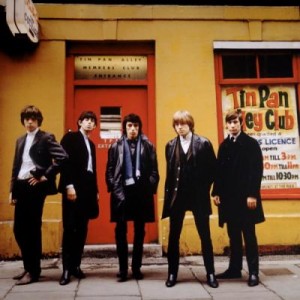

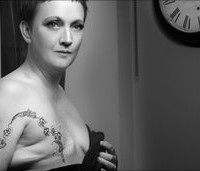
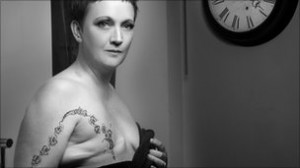
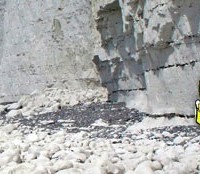

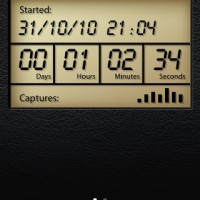


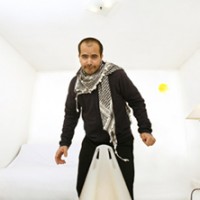



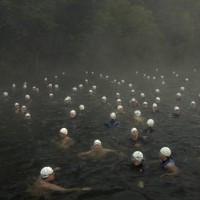
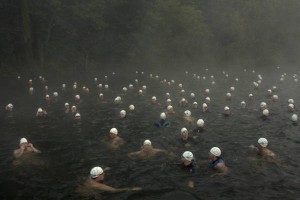

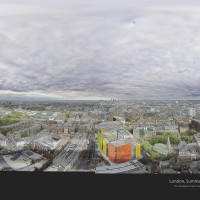



 “I started surfing through photography forums and reading the comments left for the pictures that fascinated me.”, she explains. “Reading the comments has been pretty useful to me because I have been able to learn from others’ mistakes and also because I’ve been able to find some interesting information about topics like ‘lens aperture’, ‘shutter speed’, and other technical aspects of the shot.”
“I started surfing through photography forums and reading the comments left for the pictures that fascinated me.”, she explains. “Reading the comments has been pretty useful to me because I have been able to learn from others’ mistakes and also because I’ve been able to find some interesting information about topics like ‘lens aperture’, ‘shutter speed’, and other technical aspects of the shot.”


 “I started thinking about what I had to do, and I realized that beyond the shutter speed or the lens aperture, it was also important to care about where lights come from, and what is behind the subject”
“I started thinking about what I had to do, and I realized that beyond the shutter speed or the lens aperture, it was also important to care about where lights come from, and what is behind the subject”


